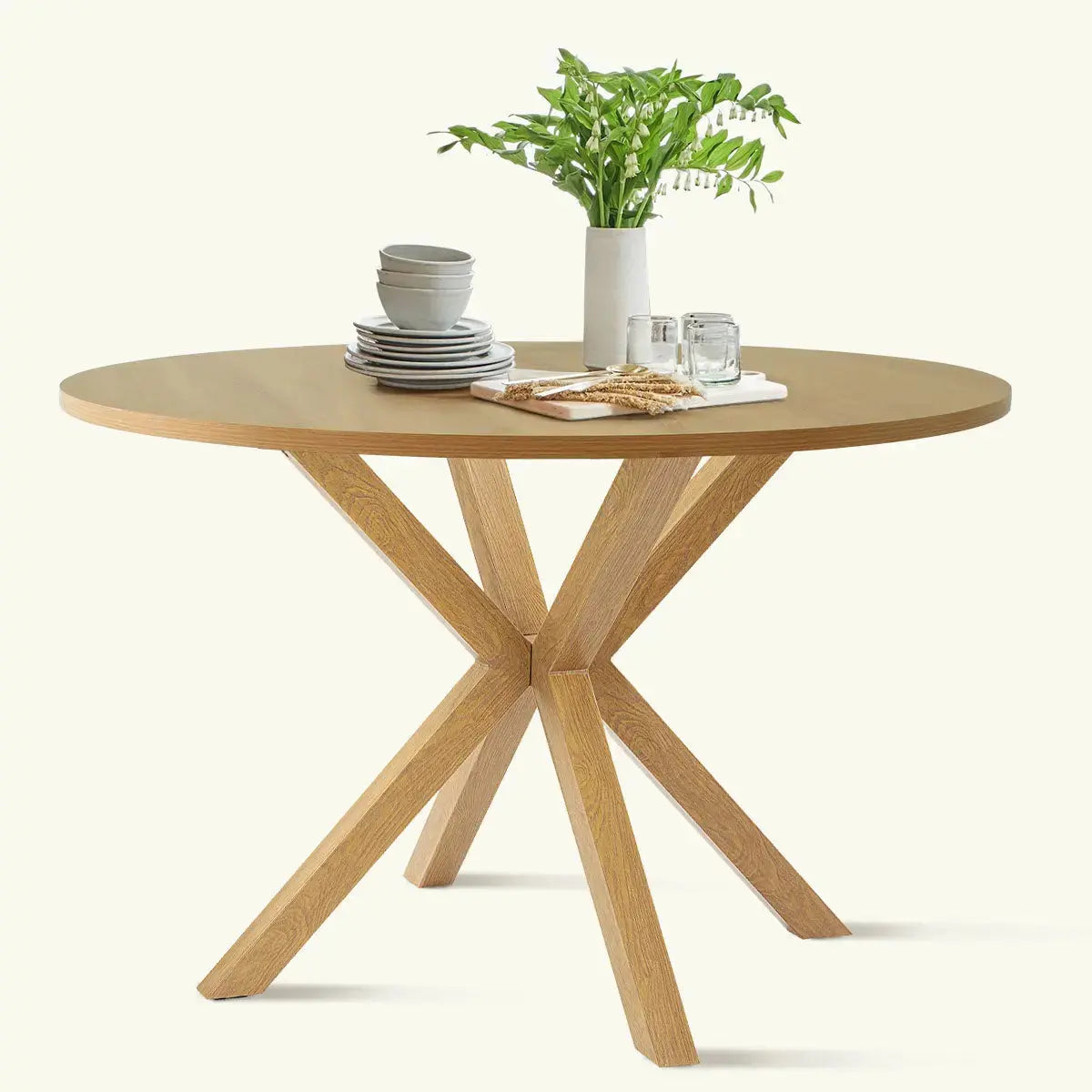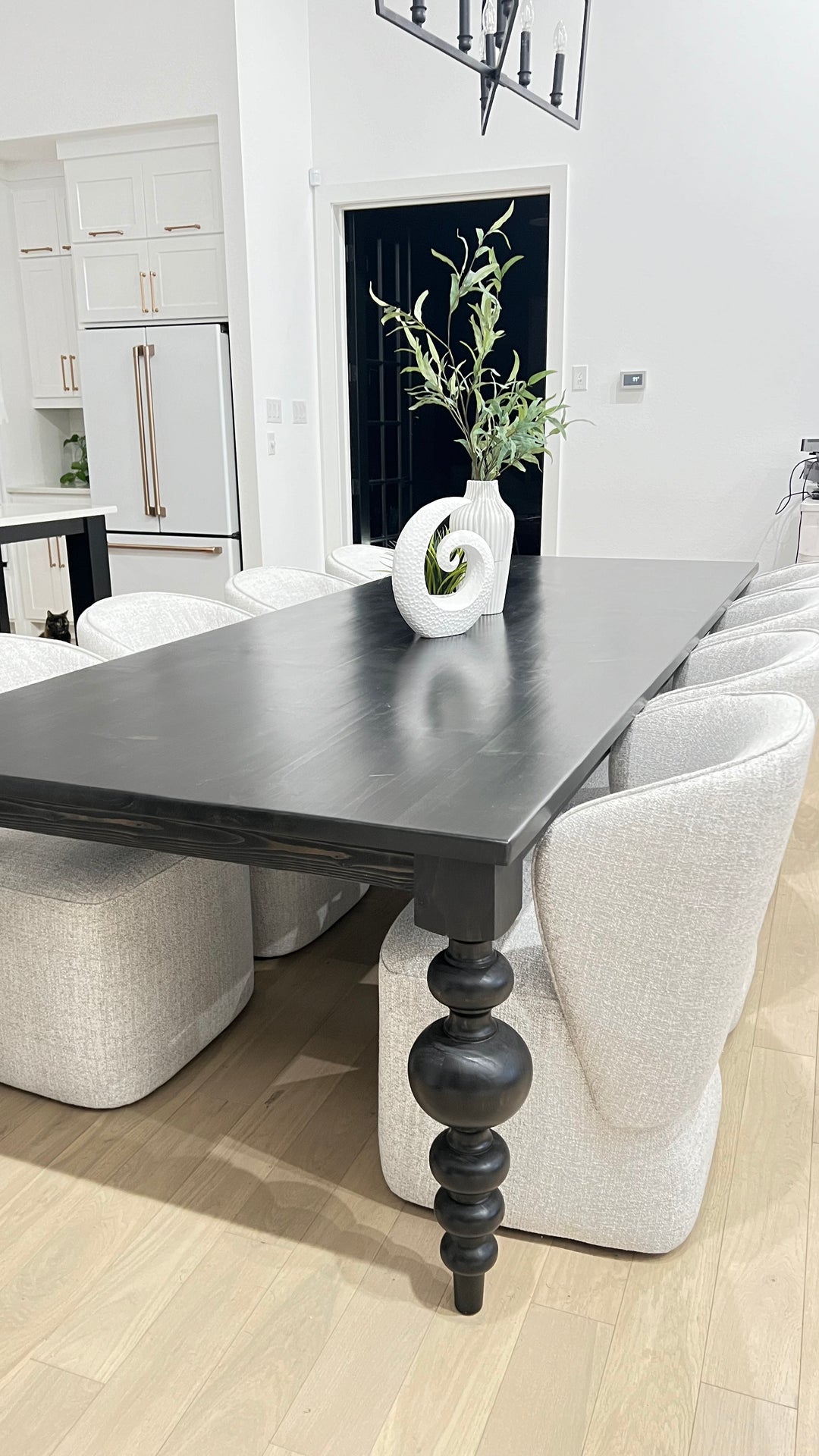Just How to Choose the Perfect Dining-room Table Legs for Your Home Décor
Choosing the excellent dining-room table legs is a nuanced process that needs cautious factor to consider of numerous elements, including your room constraints, aesthetic preferences, and functional demands. The interaction between measurements, products, and designs can considerably influence the atmosphere of your eating area, making it important to approach this choice systematically. As you ponder the myriad choices readily available, it becomes clear that the best option extends beyond mere appearance; it can improve your total eating experience. What aspects should you focus on to ensure your choice complements your home's special personality?
Assess Your Dining Space
Assessing your eating area is critical for picking the right table legs that match both looks and performance. Begin by measuring the measurements of your eating area, consisting of ceiling height, flooring area, and proximity to various other furniture. This information will certainly help establish the suitable dimension and height of your table, which directly affects the choice of table legs.
Following, take into consideration the style and format of your dining area. For example, an open-concept design may take advantage of table legs that use aesthetic lightness, such as slim steel or acrylic options. Alternatively, a more standard setup could call for durable wood legs that offer a feeling of durability.
Review the existing shade scheme and products in your dining location. Balancing the table legs with these aspects produces a cohesive look that enhances the overall design.
Eventually, a detailed analysis of your eating area will lead you in making an informed choice, making certain that your table legs not just improve the visual appeal but also offer sensible functions.
Consider Your Style Preferences
When choosing dining-room table legs, it is essential to review your personal design preferences, as they considerably influence the total aesthetic of your dining room. Your option of table legs can either complement or comparison with existing decor, making it essential to straighten them with your favored interior layout style.
If your home leans towards a modern aesthetic, consider streamlined metal or minimal wood legs that provide a tidy, uncluttered appearance. For a more traditional strategy, ornate wood legs with elaborate carvings can include a touch of elegance and refinement. Industrial styles profit from robust, basic materials such as reclaimed timber and metal mixes, reflecting a sturdy charm.
In addition, farmhouse and rustic styles usually favor tough, chunky legs that stimulate a sense of heat and comfort. Alternatively, if your decoration is diverse, you might select non-traditional forms or a mix of materials to produce aesthetic interest.

Evaluate Product Options
The option of product for dining space table legs plays a crucial role in both toughness and aesthetic appeal. Typical materials include wood, steel, and composite choices, each offering distinct qualities that can influence the general appearance and durability of your table.
Timber is a traditional selection, known for its heat and adaptability. Woods like oak and walnut give remarkable strength and can be finished in numerous stains to match any type of decoration. Softwoods like pine are more vulnerable to scrapes and damages, making them less optimal for high-traffic areas.
Metal legs, often crafted from steel or light weight aluminum, exude modernity and commercial appeal. They are extremely resilient and resistant to use, making them appropriate for family members with kids or frequent gatherings (dining room table legs). In addition, metal can be finished in numerous colors, enhancing the customization opportunities
Composite materials, such as MDF or laminate, offer affordability and varied styles. While usually much less long lasting than solid timber or steel, they can still supply a trendy look and are commonly easy to keep.
Eventually, the material you pick must align with your way of living, aesthetic choices, and the level of usage your table redirected here will certainly experience.
Determine Elevation and Size
Picking the suitable elevation and size for your dining-room table is necessary for both functionality and comfort. The standard elevation for eating tables commonly ranges from 28 to 30 inches, permitting sufficient legroom for most individuals when seated. Nonetheless, it is important to think about the measurements of your eating space and the sorts of chairs you intend to use.

Moreover, take into consideration the percentages of your dining-room. A larger table in a roomy area can produce a grand atmosphere, while a smaller sized table functions well in even more intimate setups. Inevitably, the appropriate elevation and dimension will certainly integrate with your total decor and enhance the dining experience for you and your guests.
Explore Customization Possibilities

Furthermore, the design of the legs can be tailored to fit different designs, such as rustic, modern, or industrial. For example, tapered legs can evoke a mid-century modern-day feeling, while chunky, block-style legs might resonate with traditional or farmhouse style.
Homeowners can additionally explore shade surfaces, from all-natural wood spots to paint, allowing them to match or contrast with the tabletop and bordering design.
Moreover, leg elevation can be adapted to fit particular seating arrangements or personal choices, enhancing both convenience and functionality.
Finally, unique embellishments, such as makings or decorative braces, can even more individualize the table legs, making the dining experience not just a declaration but a meal piece in the home. By considering these personalization options, house owners can develop a dining-room table that absolutely reflects their originality.
Final Thought
Selecting the excellent dining-room table legs calls for mindful consideration of different aspects, including the dimensions of the eating room, design preferences, material durability, and desired height. Modification alternatives better improve the ability to accomplish a cohesive aesthetic that complements the general design. By methodically evaluating these elements, property owners can guarantee that the selected table legs not just meet practical needs yet additionally add favorably to the eating experience and setting of the home.
Picking the try this ideal eating area table legs is a nuanced procedure that calls for mindful factor to consider of various elements, including your space restraints, visual choices, and functional requirements.Examining your eating room is crucial for selecting the right table legs that enhance both visual appeals and functionality.When identifying size, original site gauge the location where the table will be placed to guarantee it fits comfortably, permitting for at the very least 36 inches of clearance around the table for simple movement. A bigger table in a large area can create a grand ambiance, while a smaller sized table functions well in more intimate setups.Choosing the optimal dining area table legs needs careful consideration of numerous variables, including the dimensions of the eating space, design preferences, product longevity, and preferred elevation.
 Kel Mitchell Then & Now!
Kel Mitchell Then & Now! Mara Wilson Then & Now!
Mara Wilson Then & Now! Jurnee Smollett Then & Now!
Jurnee Smollett Then & Now! Sam Woods Then & Now!
Sam Woods Then & Now! Susan Dey Then & Now!
Susan Dey Then & Now!